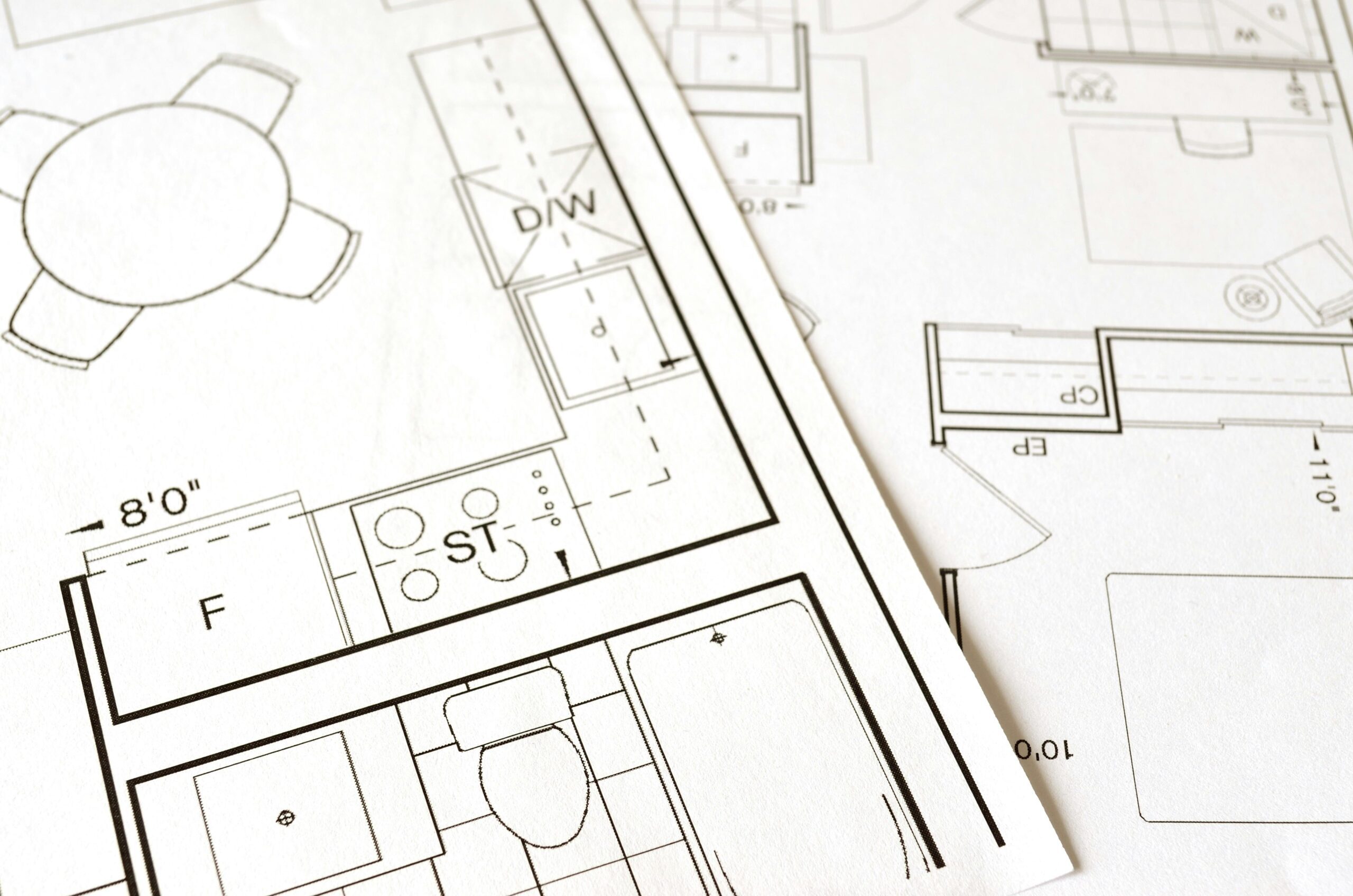- Home
- Articles
- Architectural Portfolio
- Architectral Presentation
- Inspirational Stories
- Architecture News
- Visualization
- BIM Industry
- Facade Design
- Parametric Design
- Career
- Landscape Architecture
- Construction
- Artificial Intelligence
- Sketching
- Design Softwares
- Diagrams
- Writing
- Architectural Tips
- Sustainability
- Courses
- Concept
- Technology
- History & Heritage
- Future of Architecture
- Guides & How-To
- Art & Culture
- Projects
- Interior Design
- Competitions
- Jobs
- Store
- Tools
- More
- Home
- Articles
- Architectural Portfolio
- Architectral Presentation
- Inspirational Stories
- Architecture News
- Visualization
- BIM Industry
- Facade Design
- Parametric Design
- Career
- Landscape Architecture
- Construction
- Artificial Intelligence
- Sketching
- Design Softwares
- Diagrams
- Writing
- Architectural Tips
- Sustainability
- Courses
- Concept
- Technology
- History & Heritage
- Future of Architecture
- Guides & How-To
- Art & Culture
- Projects
- Interior Design
- Competitions
- Jobs
- Store
- Tools
- More
Effective Ways to Organize Your Architectural Plans: A Comprehensive Guide
Explore tips on how to effectively organize architectural plans in our comprehensive guide. Offering insights on everything from plan categorization to using software like AutoCAD & SketchUp, and employing cloud services for better access and collaboration. Stay ahead with smart storage solutions and learn how to balance traditional and modern organizational systems.

When it comes to constructing a solid architectural plan, organization is key. It’s not just about the aesthetic design, but how well the elements of the plan are arranged and coordinated. We’re here to help you master this crucial aspect of architecture.
Creating a well-organized architectural plan can seem daunting. But don’t worry, we’ve got your back. With our years of experience and expertise, we’ll guide you through the process, simplifying it into manageable steps.
Remember, a well-organized architectural plan is the foundation of a successful project. It’s the roadmap that guides the construction crew, ensuring that the final product matches the vision. So, let’s dive in and learn how to organize an architectural plan effectively.

Table of Contents
ToggleUnderstanding the Architectural Plan
With a firm grasp on the importance of organization in architectural planning, we’re ready to dive deeper. This deeper understanding lets us play to our plan’s strengths and rectify its weaknesses. But what exactly does an architectural plan consist of? Time to demystify the anatomy of an architectural plan.
Elements of Architectural Plans
Let’s break the architectural plan down into its fundamental elements:
- Lines: Not just simple strokes on paper. Lines define the shapes and forms of the plan. It can be the boundary walls or pillars.
- Shapes: Formed by lines, shapes are the core components. They could represent the rooms, doors or windows in a plan.
- Colors and textures: Used to differentiate between various components like walls, floorings or roofs.
- Scale and measurement: Crucital elements. Without proper scale, the plan could lead to misinterpretations and errors in construction.
- Symbols: Standardized representations. They represent the fixtures and fittings, electrical connections etcetera in a plan.
An understanding of these elements helps in scaling the challenge down to manageable sizes. It’s less of drawing a blueprint of a building and more of arranging these elements effectively.

Components of an Architectural Plan
As essential as the bricks to a building and tunes to a song are the components to a structural plan. We’re talking about the floor plans, elevations, building sections, site plans and details. Here’s a basic breakdown:
- Floor plans: These are what most people associate with architectural plans. They show a view from above and reveal the layout of each floor of the building.
- Elevations: These are straight-on views of the exterior of the building. They give us depth and details about the height of the building.
- Building sections: These are vertical cuts through the building. It’s like peeling away the exterior to see the interior.
- Site plans: They provide a bird’s eye view of the entire site. Not just the building but its relation with the surrounding environment.
- Details: These are specific close-ups on certain aspects for a better understanding. Details could focus on a unique architectural feature or a complex portion of the plan.
With a grip on these components, you have a more productive lens to view and refine your architectural plan. Remember, each component has its role to play in the bigger picture.
Throughout the process of understanding the architectural plan, we’ll never lose sight of our main idea: organization is not just about the aesthetic design but about arranging and coordinating each part effectively. As we venture further, we’ll explore how each of these elements and components play into creating a well-organized architectural plan.

Preparing for Organization
Now that we’ve unpacked the intricate details of an architectural plan, let’s move ahead and focus on getting our ducks in a row before we dive into the process of organizing these plans.
Gathering Necessary Materials
Before stepping into the realm of organization, gathering all the materials is our topmost priority. Blueprints and plans, scaled tools for measurement, colored pens and pencils for distinguishing different sections – everything should be within reach before we begin. It’s also essential to have a handy list of symbols, crucial for understanding and organizing architectural plan.
Maintaining a digital copy of your plan is another essential step, don’t underestimate the importance of a good scanner. Digital copies not only serve as backup but can also be impeccably useful for on-the-go modifications.
Setting Up a Work Space
Next up – a clutter-free environment. Now that we have all our materials, we need a suitable space. A good workspace is integral to organizing and reading an architectural plan. With an ample surface area to spread out the plans or blueprints, a well-lit room makes a great deal of difference. Natural light is ideal, but if that’s not available, a good desk lamp can do the job just fine. Remember, every bit of detail counts, so ample lighting is crucial.
A well-organized space is not just about convenience but also about efficiency. It allows quicker access to the necessary elements and therefore, boosts productivity.
Now that we’re set with the materials and workspace, let’s move further into the specifics of organizing each element in an architectural plan. Understandably, it may seem a bit daunting at first, but trust us when we say – it truly gets easier with practice. Hold on to your architect’s hats, because we’re about to deep dive into the heart of architectural plan organization.

Organizing the Architectural Plan
We’ll dive into the core details of organizing an architectural plan. By focusing on two primary aspects – sorting and grouping elements and using software tools for organization, we’ll explore how to render the process simpler and more efficient.
Sorting and Grouping Elements
Recognizing and sorting components is a crucial aspect of organizing architectural plans. It equates to identifying different rooms, establishing individual areas, and annotating specific features within the building edifice. This approach lets us visualize the relationship between various spaces, which aids in making more informed design decisions.
Start by separating each element such as walls, doors, and windows. Then, group similar ones together. For instance, all doors go together, as do all windows, and so on.
Next, label and color-code these for easy identification. By comprehensibly sorting and grouping elements, we eliminate confusion and ensure that the design objective is consistently translatable across the plans.
Using Software Tools for Organization
In today’s digital age, numerous software tools aid in organizing architectural blueprints. These digital tools aid in creating, modifying, and preserving designs with ease and efficiency.
Using software tools like AutoCAD, ArchiCAD, and SketchUp, we can digitize the process, keep our plans clutter-free, and streamline our organization methodology. These software tools are known to enhance efficiency by reducing manual tasks and minimizing the risk of errors.
Not only can we access the plan anytime, anywhere due to the benefits of cloud-based saving options, but modifications also become significantly less cumbersome. With various tools, we can easily organize, auto-correct, and aesthetically enhance our designs, making blueprint organization a much smoother journey.
Embracing the digital realm of architectural planning and harnessing the power of these versatile tools can significantly boost the effectiveness and efficiency of our architectural plan organization process. Digital organization platforms are future-oriented solutions waiting to be optimized.
To sum up, a methodological approach conferring importance on both physical and digital organization will significantly enhance our architectural planning process. Remember to be patient; becoming adept at this skill won’t happen overnight but will rather be an enriching journey to undertake. Keep practicing, and over time, we’ll notice the improvements.

Implementing an Organization System
After understanding the elements of architectural plans and introducing digital tools to our workflow, the next step is a solid organization system.
Creating a Filing System
In establishing an effective filing system, consistency is key. We must make a habit of categorizing our plans in a detailed and consistent manner. It’s not enough to just dump files under generic headings like “Architectural Plans”. Each plan should have its own designated folder labeled with the project name, date, and other relevant details to make retrieval easier and faster.
Remember to create sub-folders within these main folders as necessary. For instance, within a project folder, we might have sub-folders for ‘Floor Plans’, ‘Elevations’, ‘Sections’, and so on. Consider using physical folders for printed plans; invest in proper storage solutions that protect plans from damage and organize them neatly.
Backing Up and Storing Plans
Considering the crucial role of these plans, it’s imperative that we protect our work through reliable backups and efficient storage solutions. For digital plans, cloud storage platforms come in handy. Services like Google Drive, Dropbox, and Amazon S3 offer secured cloud space for storage and easy access across devices.
Backing up architectural plans should be part of our routine. We don’t want to risk losing all our hard work due to a computer crash or data corruption. We can opt for automatic backup solutions that upload the changes regularly to our cloud storage.
But, remember, all these steps only become effective if we’re diligent in our practices. An effective organization system isn’t just about tools and strategies. It’s about our commitment to maintain and optimize it for longevity and easy retrieval. Make these strategies a part of your daily routine for organizing architectural plans and reap the benefits over time.

Conclusion
With so much emphasis on structure and orderliness in managing architectural plans, we can’t underestimate the role technology can play in achieving this. The advancements in digital tools and tech-driven storage solutions have literally revolutionized architectural plan organization. Software programs designed specifically for this purpose help streamline the seemingly overwhelming task to a manageable level.
Take for instance architectural design software like AutoCAD, SketchUp, and Revit. They don’t just improve workflow efficiency, but also offer features for plan organization. Users can easily create, categorize, and control digital versions of architectural plans in these software applications. The convenience of editing, duplicating, and even sharing digitally stored plans is a remarkable time-saver.
Moreover, integrating these tools with cloud services such as Google Drive, Dropbox, OneDrive significantly broadens their utility. It allows us to backup and access these important documents from anywhere, anytime. Let’s not forget the collaboration opportunities that these tools open up. Multiple stakeholders can access, edit and approve designs, perfecting them in real-time.
Additionally, we’re seeing modern solutions that cater specifically to the physical aspect of architectural plan organization. They range from professional filing cabinets, racks to high-density shelving systems. These are designed to preserve the architectural plans and make their retrieval quick and efficient.
With the myriad of digital and physical tools available today, it’s up to us to search for those that best suit our individual needs and workflows.
Monitoring and upgrading our organizational systems according to technology trends can massively boost productivity. We should continue to explore and invest in advanced tools that can help simplify architectural plan organization. The mantra is to balance traditional methods with modern solutions. By integrating them seamlessly into our daily routines, we can leverage technology to ensure optimal architectural plan management.
Submit your architectural projects
Follow these steps for submission your project. Submission FormLatest Posts
10 Essential Things to Consider When Designing a Floor Plan for Your Space
Discover the art of crafting the perfect floor plan in our latest...
How Elevations, Floor Plans, and Sections Work Together in Building Design
When designing a building—whether it’s a home, a commercial unit, or a...
Understanding Plot Plans: A Guide for Architects to Ensure Precision and Compliance
Discover the importance of plot plans in architecture and construction. Learn how...
Simplifying Architectural Planning: A Practical Guide for Interior Designers
Explore the art of creating simple architectural plans for interior designers. Learn...












Leave a comment